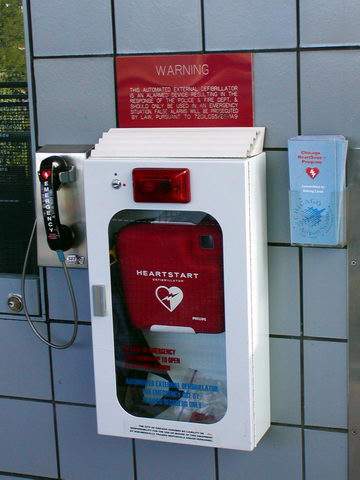So far my attempt at making one post per day on average, aided by my little PHP tool is going well. Here’s a plot made with the output and Google Spreadsheets showing how I’m doing as of today:
Category Archives: Tools of the Trade
Command Line Tricks – Using mdfind and mdls in Mac OS X
Beginning with version 10.4 (“Tiger”), Mac OS X has had a powerful indexing and search engine built in. This can be used from the graphical interface, which is how most mac users interact with it. However, a command-line interface allows for some powerful searching and scripting.
This article by Andy Lester goes through the basic usage of the mdfind and mdls utilities, and gives examples of how to use them with UNIX pipes and in shell scripts.
Just as an example, to find text in any file on the system with find and grep, you’d have to do something like:
find / | xargs grep "my search string"
This would run grep on every file in the system, which is horribly inefficient and will take forever. With mdfind, you’d simply type:
mdfind "my search string"
This will use the existing search database to find the appropriate documents.
(N.B. – Spotlight cannot actually do a “phrase” search like the find/grep example above. See this story for more detail and some work-arounds.)
UNIX Toolbox
UNIX-like operating systems are immensely powerful. They give one access to the minutest details of the operating system with command-line utilities. The major downside of command-line interfaces is that it is not readily apparent which commands are available and what they do. One can spend hours poring through man pages looking for related program names, instructions and examples to accomplish a simple task.
One way out of this is to use command references. When I first started using Linux, I bought a boxed edition of Red Hat (version 7, I think), which came with a wrist-rest sticker. This long sticker was designed to be stuck on a plastic keyboard wrist rest and contained some common BASH commands such as ls, cd, and mv, with brief examples. This was very helpful to me as a new Linux/UNIX user.
After 8 years of using and administering Linux and Mac OS X (BSD) machines, I have a pretty good handle on the command line. Nonetheless, I was very happy to find this UNIX toolbox document via nixCraft.
Some highlights that I discovered and will be employing from now on include:
fuser -m /home– Find out what programs have files open on the /home (or another) partition.sysctl hw– get extensive hardware information on BSD (including OS X) systems.dmidecode– Get BIOS information. I actually learned about this in the past two weeks. Sometimes it’s necessary to create/dev/mem(sudo mknod /dev/mem c 1 1) before this will work. One handy use for this is to get machine serial numbers without having to visit the datacenter.
These are just the most interesting examples from the first ten pages. Aside from simple commands, the document also includes instructions for complicated and infrequently-used but occasionally-necessary tasks that I never remember how to do off-hand. One could spend half an hour or so reading man
pages and HOW-TOs online to find the right incantation, or just find the precise instructions in this toolbox. Such groan-inducing operations include:
- Mounting SAMBA partitions.
- Mounting loopback devices such as CD images.
- Burning CD images from the command line.
- Converting between DOS and UNIX text file formats.
- Basic database administration.
and several others. I plan on printing the booklet version of this PDF at lab tomorrow and keeping it at my desk and in the server room.
For possibly-NSFW (but text-only) entertainment, check out a BASH of another variety.
Updates to Google Notebook Make It Even Better As a Lab Notebook
In October of ’07, I posted about my move to Google Notebook as my primary lab notebook. It has not only continued to serve me well since then, but now serves me even better with the addition of a few features:
- Auto-dated notes: I’d be happier if I could opt for auto-timestamps as well, but Google now adds the date a note was created (not sure if it updates it when edited but I don’t think so) to the upper right-hand corner. Now instead of putting the date and location at the top of each note, I just put the location.
- Sharing: It’s now easy to share with others. I’ve shared my notebook with my advisor so that she can follow along if she likes. I used to do this on our lab wiki as well. It would also be possible to have a shared notebook between all of the people on a project, almost like a private blog. I think this latter use has a lot of potential
- Labels: Google has added labels (in practice the same thing as ‘tags’), making it possible to tag each entry with the projects to which it is related. Pulling up all of the notes on a project is then as simple as selecting the appropriate label.
It keeps getting better. Hopefully, they will add those automatic time stamps at some point.
AED Saves Child From Lightning Strike


In this article, a boy was struck by lightning at lacrosse camp, given CPR and defibrillated three times with an AED, and eventually made a full recovery.
Amazing. AEDs continue to come down in price, and are really racking up an extensive list of saved lives.